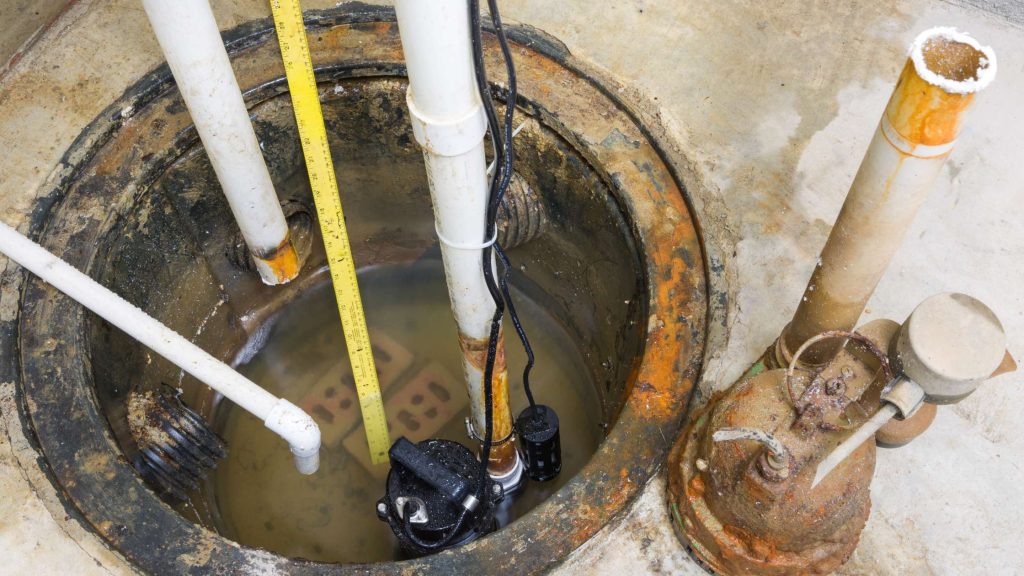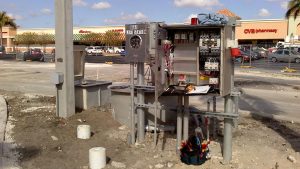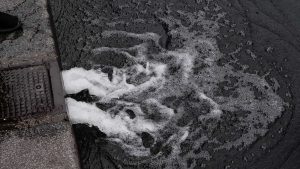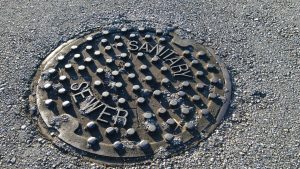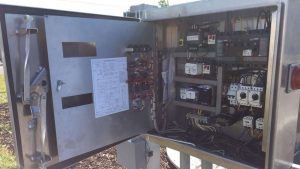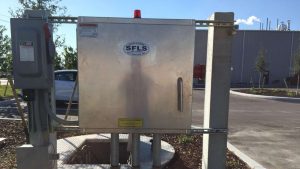You might not realize that lift stations, crucial for wastewater management, can significantly impact environmental protection when maintained properly. A proactive maintenance strategy isn’t just about avoiding costly repairs; it ensures seamless operations and extends the lifespan of key components.
Focusing on regular pump maintenance, thorough electrical system checks, and diligent float switch inspections can minimize breakdowns and enhance efficiency. But how exactly can you implement these best practices effectively? Let’s explore the essential steps to keep your lift station running smoothly for the long haul.
The Role of Lift Stations
Understanding the role of lift stations is crucial to appreciating their importance in wastewater management. These stations provide significant lift station benefits by ensuring the sewage flows smoothly, even in areas facing topographical challenges. Without them, wastewater can’t be effectively transported, leading to potential backups and overflows.
This proactive approach in wastewater management contributes significantly to environmental protection by preventing contamination of natural water bodies. Furthermore, the maintenance importance of lift stations can’t be overstated. Keeping them in optimal condition ensures they continue to handle the load efficiently and protect the environment.
Importance of Routine Maintenance
Routine maintenance is crucial for ensuring lift stations operate efficiently and avoid costly breakdowns. By committing to regular upkeep, you’ll reap numerous benefits:
- Cost-saving benefits: Preventative care minimizes expensive emergency repairs.
- Environmental impact: Proper maintenance reduces the risk of sewage spills and contamination.
- Equipment longevity: Regular check-ups extend the life of your lift station components.
- Safety measures: Routine inspections help identify and mitigate potential safety hazards.
- Efficient operation: Well-maintained systems run smoothly, ensuring continuous wastewater management.
Don’t underestimate the importance of routine maintenance. It’s more than just a checklist; it’s a proactive approach that safeguards your investment, protects the environment, and ensures your lift station remains reliable and effective for years to come.
Key Elements of Maintenance
To ensure your lift station operates at peak efficiency, focus on the key elements of maintenance: pump upkeep, electrical system checks, and float switch inspections.
Effective maintenance strategies begin with a thorough equipment inspection. Regularly examine all components to catch issues early. Implement preventive measures to address potential problems before they escalate. This includes cleaning and inspecting pumps, wiring checks, and testing control panels.
Component care is essential; ensure every part, from seals to bearings, is in top condition. Regularly inspect and clean float switches to prevent malfunctions. These steps boost operational efficiency, reduce the risk of system failures, and extend the lifespan of your lift station.
Consistent attention to these elements ensures reliable performance and minimizes costly repairs.
Pump Maintenance Essentials
Regularly cleaning impellers is crucial to prevent clogs and ensure your lift station’s pumps operate smoothly. Beyond impeller cleaning, regularly performing seal checks, bearing inspections, wiring assessments, and motor monitoring is essential for optimal performance.
You should prioritize these tasks to avoid potential breakdowns and costly repairs.
- Prevent clogs: Regular impeller cleaning keeps your pumps running efficiently.
- Avoid leaks: Seal checks ensure that no harmful leaks occur.
- Reduce wear: Bearing inspections help catch wear and tear early.
- Ensure reliability: Wiring assessments prevent electrical issues.
- Monitor health: Motor monitoring ensures your pumps run at peak efficiency.
Electrical System Maintenance
Checking the electrical system is vital for preventing disruptions and ensuring your lift station operates reliably.
Start with regular voltage testing to ensure a stable power supply and identify potential issues early.
Perform thorough wiring inspections to detect any wear or damage that could lead to failures.
Motor monitoring is equally crucial; keep an eye on performance metrics to catch problems before they escalate.
Control panel checks should be routine, ensuring that all indicators and functionalities are operational.
Implementing these preventive measures helps you avoid unexpected breakdowns and costly repairs.
Float Switch Inspections and Replacements
Ensuring your float switches are debris-free and functioning correctly is crucial for the smooth operation of your lift station. Regular inspections help maintain float switch functionality and prevent unexpected failures. Pay attention to corrosion prevention, as rust can impair performance.
Don’t overlook debris removal, which keeps your float switches operating smoothly. Knowing the right replacement timing ensures you avoid costly breakdowns.
Avoid system failures by preventing corrosion.
Keep your float switches free from debris to ensure functionality.
Regularly inspect and replace malfunctioning switches.
Maintain an optimal maintenance frequency to prevent surprises.
Stay proactive to extend the lifespan of your lift station.
SouthFL Lift Stations: Your Trusted Partner in Comprehensive Lift Station Maintenance
In the realm of lift station upkeep, South Florida Lift Station is a reliable ally. With our adage, ‘A stitch in time saves nine,’ we’re committed to regular cleaning, meticulous inspection, and timely replacement of crucial components such as pumps, electrical systems, and float switches.
Our proactive approach not only enhances the longevity of your equipment but also contributes significantly to environmental protection. From lift station repairs and sewage pumps to lift station sales and control and everything in between, we at SouthFL provide premier pumping solutions tailored to your specific needs.
Embrace the SouthFL way, roll up your sleeves, and get hands-on experience with us during your lift station maintenance—it’s an investment that ensures efficient functioning and pays off in the long run.

